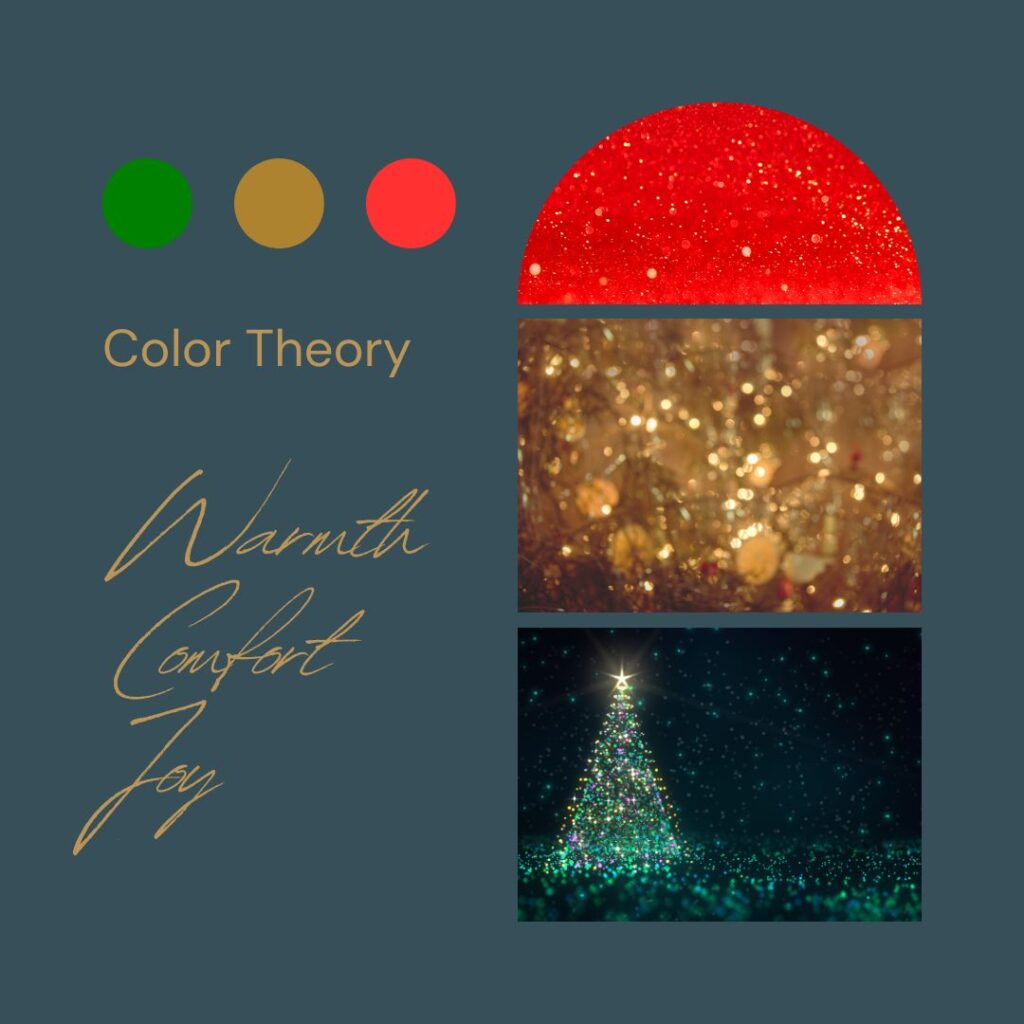“Lighting Up Joy: Unveiling the Psychology Behind Christmas Lights and Their Transformative Impact on Your Mood”
The psychology behind Christmas lights and their impact on mood is rooted in several psychological principles, including aesthetics, nostalgia, and the influence of light on emotions. The twinkling brilliance of Christmas lights isn’t just a festive spectacle; it’s a subtle yet powerful influencer of our emotions. The psychology behind Christmas lights taps into a blend of aesthetic appeal, nostalgia, and the fundamental impact of light on mood. The warm hues and gentle glow trigger feelings of comfort and joy, while the symmetrical arrangements and familiar patterns engage our innate appreciation for visual harmony.
Beyond the aesthetics, the lights evoke nostalgia, conjuring memories of holiday traditions and shared moments with loved ones. The cultural and social significance of these lights, whether decorating a home or lighting up entire neighborhoods, fosters a sense of community and belonging. Additionally, the soft illumination of Christmas lights can contribute to a calming ambiance, influencing our well-being during the darker winter months. In essence, the psychology of Christmas lights unfolds as a beautiful interplay of visual delight, cherished memories, and the subtle orchestration of mood-altering luminosity.
- Color Psychology: Colors have a significant impact on our emotions. Christmas lights often feature warm colors like red, gold, and green, which can evoke feelings of warmth, comfort, and joy. These colors are associated with the holiday season and can create a festive atmosphere.
- Brightness and Light Intensity: The brightness of Christmas lights can influence mood. Soft, warm lights can create a cozy and inviting atmosphere, while brighter lights may convey excitement and energy.
- Symmetry and Pattern: Humans are naturally drawn to symmetry and patterns. The arrangement of Christmas lights, whether on a tree or as outdoor decorations, can contribute to a visually pleasing environment that promotes positive feelings.
- Memory Associations: Christmas lights are often associated with positive memories and traditions. People may have fond recollections of decorating the tree with family or enjoying the neighborhood’s festive light displays. These nostalgic associations can trigger positive emotions and a sense of continuity and connection.
- Cultural and Religious Significance: For many people, Christmas lights are tied to cultural and religious traditions, symbolizing the spirit of the season. Engaging in these practices can create a sense of belonging and purpose, contributing to emotional well-being.
- Circadian Rhythms: Exposure to natural light, or light that mimics natural daylight, can influence circadian rhythms and impact mood. While Christmas lights may not provide the same benefits as natural sunlight, the gentle glow can still contribute to a sense of well-being, especially in the darker winter months.
- Melatonin Regulation: Light exposure affects the production of melatonin, a hormone that regulates sleep-wake cycles. Bright lights in the evening might interfere with sleep, but the softer, warmer glow of Christmas lights is less likely to have a negative impact and can create a relaxing atmosphere.
- Community and Social Bonding: Christmas lights often signal a communal celebration. When entire neighborhoods or cities are adorned with lights, it fosters a sense of community and shared joy. This collective experience can enhance positive emotions and a sense of belonging.
- Expressing Creativity and Individuality: Decorating with Christmas lights allows for personal expression and creativity. Engaging in these activities can be a source of satisfaction and accomplishment, contributing to a positive mood.
In summary, the psychology behind Christmas lights involves a combination of aesthetic, nostalgic, and biological factors, as well as cultural and social influences. The visual appeal, positive associations, and communal aspects of Christmas lights contribute to their potential to positively affect mood and enhance the holiday experience.





